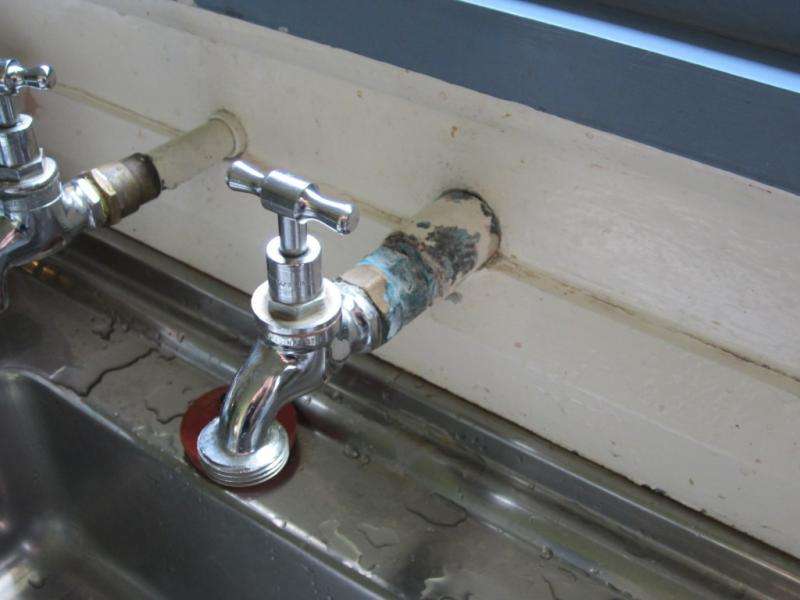Tapped out: Dangerous contaminations in NSW household water supplies

A study by Macquarie University has detected both copper and lead contamination at the domestic consumer's kitchen tap in 100 per cent and 51 per cent of the samples respectively.
Of these detections, copper exceeds Australian Drinking Water Guidelines (ADWG) in five per cent of the samples and lead in eight per cent. Analysis of household plumbing fittings, such as taps and connecting pipework, show these are a significant source of contamination.
To conduct the study, participants were asked to draw samples from their kitchen tap after a nine-hour stagnation period – to simulate filling a kettle first thing in the morning.
Macquarie University's Paul Harvey says the two contaminates, copper and lead, present a concern for public health due to their frequent occurrence and high concentrations.
"As the sampling of household water took place across NSW, the widespread distribution of samples with elevated copper and lead concentrations demonstrates that this is not a spatially-isolated problem, and that domestic supplies across Australia are likely to be subject to similar issues," Harvey says.
"There is a significant health risk associated with consumers, particularly infants consuming formula and pregnant women."
Previous studies over the last two decades have also revealed potable water contamination in Australia, mainly from lead used in the roof catchments of tank supplies and corrosion of plumbing fittings in small study cohorts. However, Harvey explains that no single study has previously conducted large-scale regional sampling to determine the extent of water contamination in the household at the kitchen sink.
"The results of this study demonstrate that along with other potential sources of contamination in households, plumbing products that contain up to 2.84 per cent of detectable lead are contributing to contamination of household drinking water," he says.
"Given that lead in particular is known to cause significant health issues, products for use in contact with drinking water should be manufactured free from lead."
More information: Harvey, Paul J; Handley, Heather K; Taylor, Mark. Widespread copper and lead contamination of household drinking water, New South Wales, Australia. Environmental Research (August, 2016)
Journal information: Environmental Research
Provided by Macquarie University


















